Listeners:
Top listeners:
-
play_arrow
KTSW 89.9
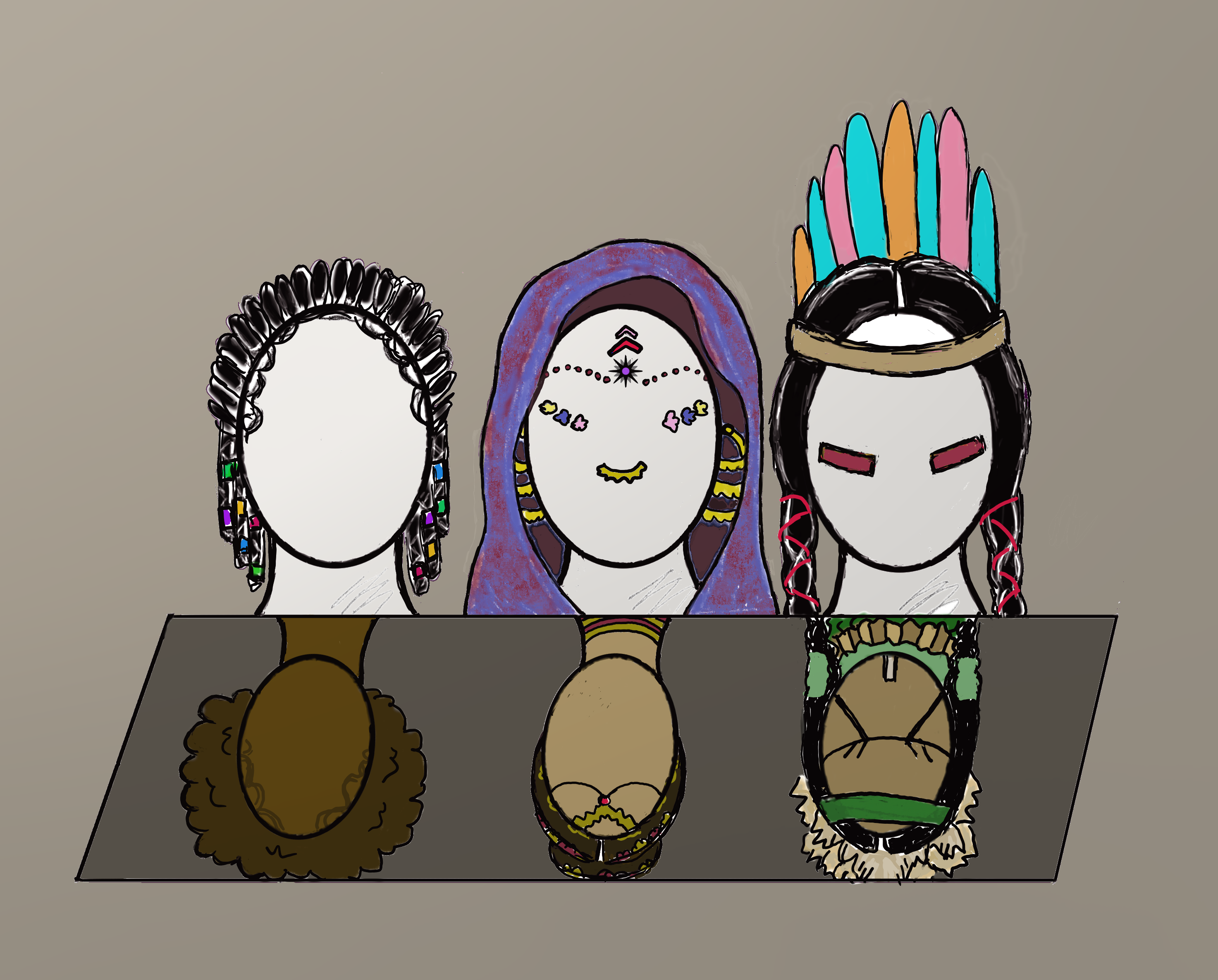
By Asia Daggs
Assistant Web Content Manager
Yes, the black culture got a makeover…
Durags are becoming “Urban Hair Ties” and Bantu Knots are being named as “Twisted Hair Buns” when it hits “high fashion” with designers like Chanel and Marc Jacobs. Braids/cornrows are being credited to the first white celebrity seen wearing them and voluptuous body types are now seen as desirable for every race of women. There are tons of examples that I could use that still wouldn’t even put a dent in the amount of appropriation we see today.
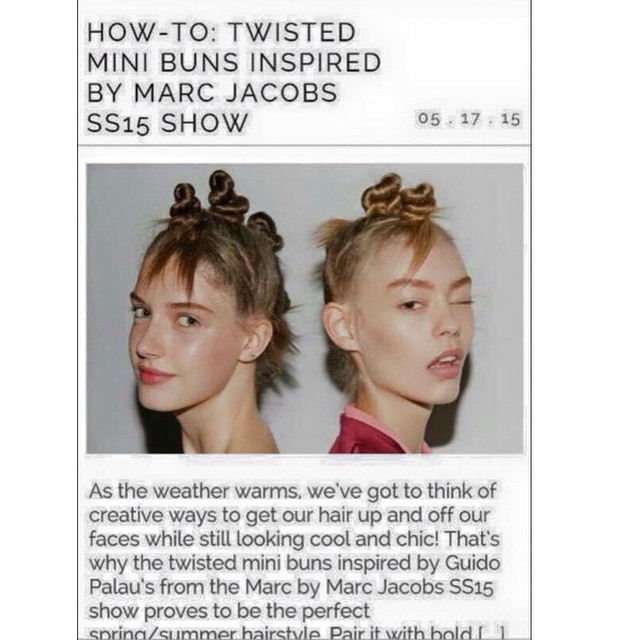 We can begin with DKNY’s Urban Fabulous look of gelled down baby hairs for their New York Fashion Week campaign in 2014. The slicked baby hair looks are 100 percent taken from us ethnic girls who have different textures of hair that tend to have pesky fly-aways. Gelling the hairs down was the only way to keep them in order and it later turned to be a fashion statement within our culture. That look can be dated back all the way back to the 1950s with black women (think Queen Latifah in Hairspray). It emerged once again closer to the late 80s into the 90s, and was mainly popular in the minorities’ communities around America. Celebrities and artists of color, such as Lil Kim and Jennifer Lopez, started to bring the hairstyle out in their music videos, shows, etc. Fast forward a few decades and here we are again, but this time around it’s labeled “new” and “urban”.
We can begin with DKNY’s Urban Fabulous look of gelled down baby hairs for their New York Fashion Week campaign in 2014. The slicked baby hair looks are 100 percent taken from us ethnic girls who have different textures of hair that tend to have pesky fly-aways. Gelling the hairs down was the only way to keep them in order and it later turned to be a fashion statement within our culture. That look can be dated back all the way back to the 1950s with black women (think Queen Latifah in Hairspray). It emerged once again closer to the late 80s into the 90s, and was mainly popular in the minorities’ communities around America. Celebrities and artists of color, such as Lil Kim and Jennifer Lopez, started to bring the hairstyle out in their music videos, shows, etc. Fast forward a few decades and here we are again, but this time around it’s labeled “new” and “urban”.
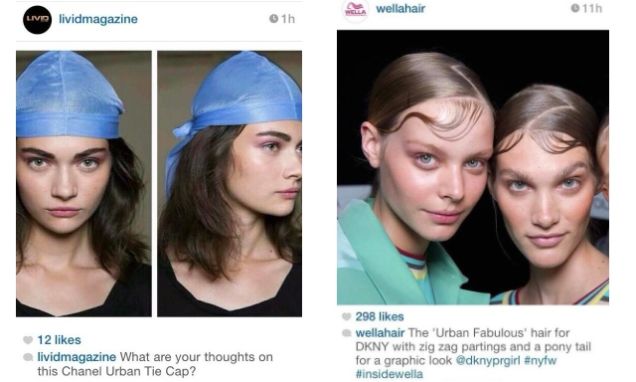
The second aspect I would like to address is the durag phenomena. Chanel took it upon themselves to rename it as the ‘Urban Hair Tie’ for their models to use. As soon as a high end designer picked it up, it became acceptable to wear in our society. You have probably seen how public figures like Kylie Jenner and others are now rocking the durags as if it was apart of everyday fashion and not from the hood. In comparison, when we are displaying our own version of our culture we are labeled as thugs, ghetto and ratchet. Our black men wear durags to keep their hair smooth while they sleep and to create the wave look, but are automatically stereotyped upon first take. It is not fair for certain people to be ‘allowed’ to wear anything they please when people of color do not have the same luxury due to the fear of being labeled in a negative connotation.
I would also like to bring up the terrible use of the word ‘Urban’. Urban really just means black to white people; it is really just used when someone does not want to say black. Whenever something is associated with the black community, it is suddenly dubbed as urban. What does the word exactly mean? The definition states it is a characteristic of a town and even adds that it relates to popular dance music from black origin. Either way it goes, it does not mean or represent black people as a whole.
| “Saying “urban” is just them trying their hardest not to say black. Like it would just f****** kill them to admit that black culture has a direct influence on high fashion. Calling these looks urban is not the same as crediting black people. It’s nothing more them doing linguistic gymnasts to completely erase black people from black culture,” – Kara Brown via Jezebel.com |

Artist, Jennifer Li, shared some of her work dealing with cultural appropriation on her personal social media and it took fire with over 50,000 retweets and favorites; people began conversing and sharing their opinions on the popular topic with one another. Li created a series of different types of appropriation within black culture and I would have to say they completely speak for themselves.
It is quite laughable how white people can wear an item that has been demonized because of its popularity in black culture, and turn into being considered high fashion. It would not be an issue if black people were cherished just as much as the culture. There is a thin line between appreciating and appropriating; crediting and celebrating a culture for its contributions is the right way to go about it. I would never be the one to tell a person of different race that he/she can’t wear a certain item, but it is only acceptable when the people who originated it to be respected as protected citizens. Witnessing the many degrees of appropriation over time, I have just came to the conclusion that America loves black culture, but hates black people.
Featured image by Jasmynne Flores.
Share this:
- Click to share on Twitter (Opens in new window)
- Click to share on Facebook (Opens in new window)
- Click to share on Tumblr (Opens in new window)
- Click to share on Pinterest (Opens in new window)
- Click to share on Reddit (Opens in new window)
- Click to email a link to a friend (Opens in new window)
- Click to print (Opens in new window)
Appreciation Appropriation Asia Daggs Black Culture Durags Jasmynne Flores Urban Hair Ties
Similar posts
This Blog is Propery of KTSW

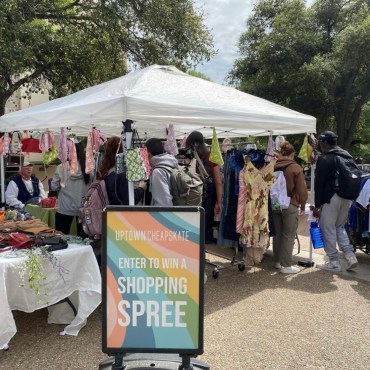
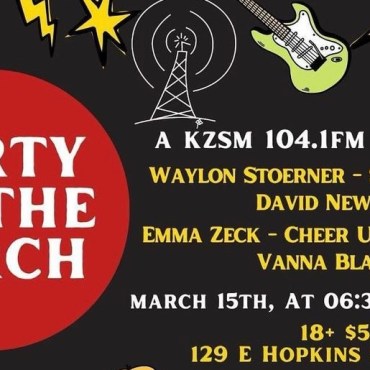
Post comments (0)